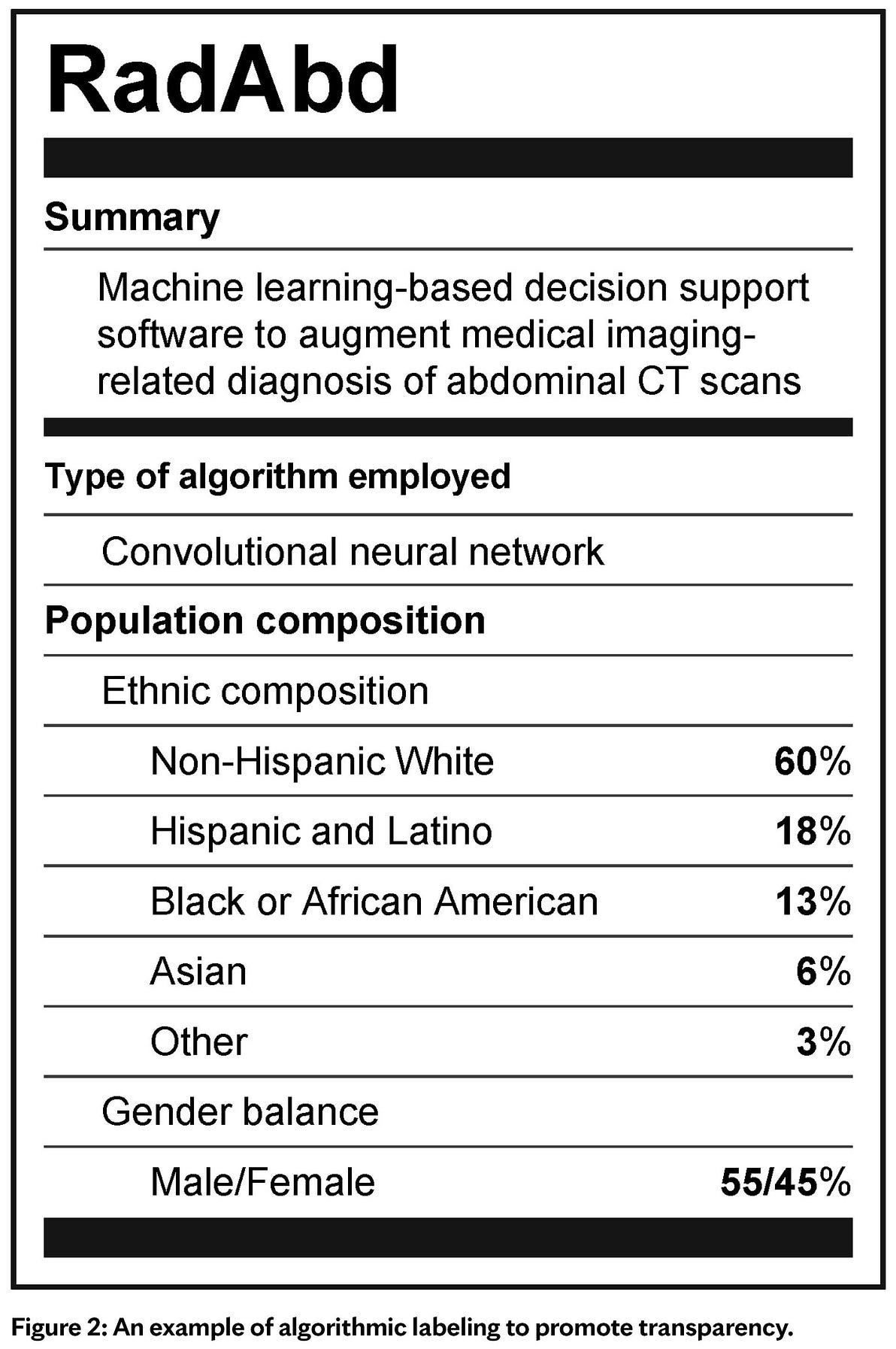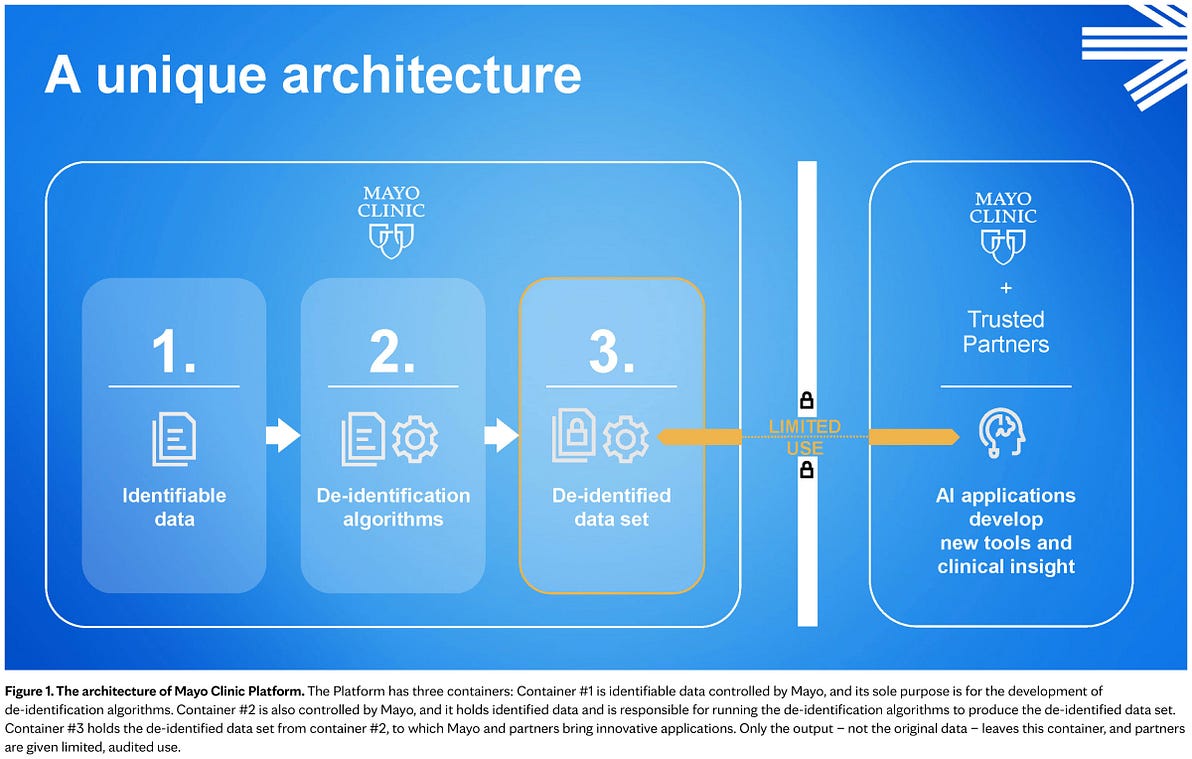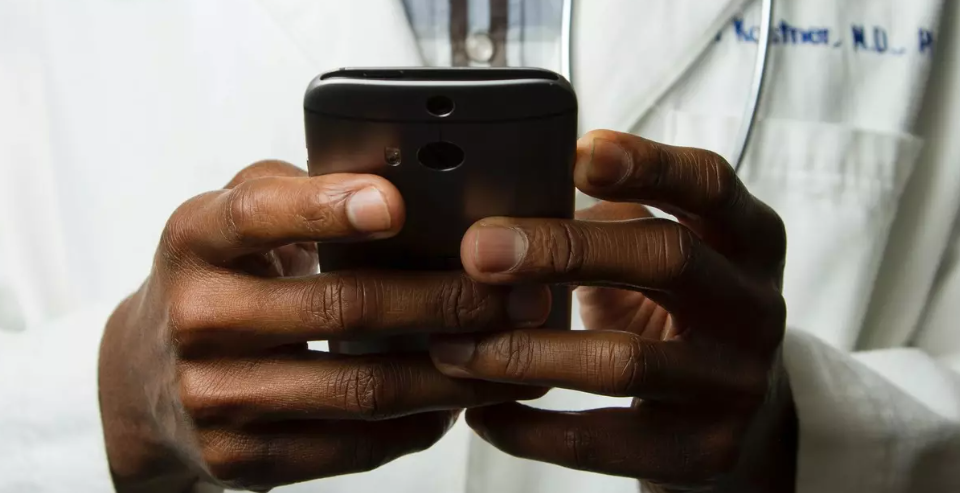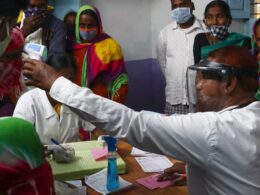This is an excerpt of the article below, with the title above, focusing on the topic in question. For the full version of the original publication, please, refer to the second part of this post.
Transforming healthcare by moving from pipeline to platform — The Vision of Farrugia @ Mayo Clinic
World Economic Forum
Gianrico Farrugia
President and Chief Executive Officer, Mayo Clinic
23 May 2022
Excerpt
by Joaquim Cardoso MSc
The Health Revolution
Institute for Continuous Improvement to achieve “Health For All”
May 24, 2022
There is a legitimate concern that using AI on datasets in a healthcare platform could exacerbate disparities.
Conversely, the ethical and validated use of AI combined with platform thinking opens up equitable healthcare access to many underserved populations worldwide.
As part of Mayo Clinic Platform, we have established a process that validates each algorithm we develop and implement, making sure it is fit for purpose.
Together with US healthcare providers and cross-sector partners, we have formed the Coalition of Health Care AI to develop guidelines that drive high-quality healthcare for all, through credible and transparent health AI systems.
One of the coalition’s deliverables is an algorithm-labelling model that will describe the data used to develop each algorithm, its utility and limitations for a given population — for example, an algorithm trained on data from women only may not be useful on men.
Together with US healthcare providers and cross-sector partners, we have formed the Coalition of Health Care AI to develop guidelines that drive high-quality healthcare for all, through credible and transparent health AI systems.
The data labelling project is designed to increase credibility, equity and inclusivity by creating greater trust and transparency in AI algorithms and making sure the end-user knows that they are appropriate for intended use (see figure 2, below).
The data labelling project is designed to increase credibility, equity and inclusivity by creating greater trust and transparency in AI algorithms and making sure the end-user knows that they are appropriate for intended use (see figure 2, below).

ORIGINAL PUBLICATION (full version)

Transforming healthcare by moving from pipeline to platform — The Vision of Farrugia @ Mayo Clinic
… I strongly believe that it is the responsibility of healthcare providers like Mayo Clinic and others …… to work with complementary partners to lead patient-centered transformation …
… that addresses not only access, cost and quality but also scalability, equity, data privacy and artificial intelligence’s (AI) emerging role in medicine.
A move away from pipeline thinking to platform thinking also enables scaling care at a distance — including home-hospital models — that we came to rely on during the pandemic.
It is estimated that 40% of providers will shift 20% of hospital beds to the home over the next three years.
World Economic Forum
Gianrico Farrugia
President and Chief Executive Officer, Mayo Clinic
23 May 2022
Key messages
- Healthcare is a highly complex sector that has been difficult to change.
- Transformation must address the need for more cures, scalability, healthcare equity, cost, data privacy and AI in healthcare.
- For transformation to address these issues and be sustainable, healthcare must move from a pipeline business model to a platform-based model.

Around the world, healthcare has struggled with uneven access and quality for decades.
Although patients, providers and payers are all calling for change, the healthcare sector has been largely resistant to outside disruption.
Therefore, to spur transformation, we must first change our thinking.
We must move from traditional, linear pipeline-service-model thinking to a platform approach, which brings together longitudinal medical data, producers and consumers to co-create a new healthcare paradigm that fundamentally changes how we provide healthcare and advance cures.
… to spur transformation, we must first change our thinking.
To do so, I strongly believe that it is the responsibility of healthcare providers like Mayo Clinic and others …
— who balance the complex emotional and data-driven components of healthcare decision-making with our patients every day —
… to work with complementary partners to lead patient-centered transformation …
… that addresses not only access, cost and quality but also scalability, equity, data privacy and artificial intelligence’s (AI) emerging role in medicine.
At Mayo Clinic, our novel vehicle for healthcare transformation is Mayo Clinic Platform, which may serve as a blueprint for the global transformation of healthcare.
… I strongly believe that it is the responsibility of healthcare providers like Mayo Clinic and others …… to work with complementary partners to lead patient-centered transformation …
… that addresses not only access, cost and quality but also scalability, equity, data privacy and artificial intelligence’s (AI) emerging role in medicine.
At Mayo Clinic, our novel vehicle for healthcare transformation is Mayo Clinic Platform, which may serve as a blueprint for the global transformation of healthcare.
A healthcare platform cannot be copied from other sectors.
We must build the healthcare platform from the bottom up, and its architecture must reconcile apparently contradictory terms — completely safeguarding patients’ data while enabling innovation through broad access to the data.
A healthcare platform cannot be copied from other sectors.
We must build the healthcare platform from the bottom up, and its architecture must reconcile apparently contradictory terms
Mayo Clinic Platform begins with a new digital foundation that is both flexible and highly secure.
Our cloud-hosted platform — which houses one of the largest longitudinal clinical data sets in the world — uses certified, de-identified data in a federated learning model where, instead of sending data to tools, we have reversed the process to bring the algorithmic tools to the de-identified data (see figure 1, below).
This architecture creates a ‘glass wall’ that gives external collaborators access to data to advance healthcare without the data ever leaving the platform, and therefore places patients and their rights to data privacy first — a critical requirement to preserve patients’ trust in a platform-enabled healthcare system.
Mayo Clinic Platform begins with a new digital foundation that is both flexible and highly secure. …
This architecture creates a ‘glass wall’ that gives external collaborators access to data to advance healthcare without the data ever leaving the platform, and therefore places patients and their rights to data privacy first

A healthcare platform supports the aggregation and harmonization of disparate clinical and non-clinical data, …
… which will allow us to cure more people, connect people and data to create new knowledge, and transform health care by developing new, vetted end-to-end algorithms and other innovative solutions to improve care.
Physicians and researchers, working with external partners such have used vast data resources to develop algorithms that help predict and identify diseases
In our own practice, physicians and researchers, working with external partners such as Google, nference and others, have used vast data resources to develop algorithms that
- help predict and identify early cardiovascular disease,
- breast cancer, pancreatic cancer,
- neuromuscular disease and
- anxiety/depression
with the goal of changing the course of the disease for individual patients.
We’re also creating other AI applications that reduce the burden of repetitive clinical and administrative tasks.

Looking ahead, we’re optimistic that applying data, analytics and technology will improve, democratize and make healthcare more accessible and affordable for all.
An example of this is our work with electrocardiogram AI algorithms.
We believe that in the not-too-distant future and at a very small cost, a smartwatch or any low-cost one-lead device will run a number of AI algorithms and monitor people for 15–20 asymptomatic disorders.
This will let us screen people at scale and identify disease very early, so we can intervene.
Another example that can be scaled is an algorithm that cuts the time clinicians spend designing complex head and neck radiation therapy plans from 17 hours to one hour.
Within the next few years, we envision that many more hospitals throughout the world will be able to diagnose, manage and prevent complex diseases as a result of the clinical knowledge flow from our platform.
We believe that in the not-too-distant future and at a very small cost, a smartwatch or any low-cost one-lead device will run a number of AI algorithms and monitor people for 15–20 asymptomatic disorders.
Within the next few years, we envision that many more hospitals throughout the world will be able to diagnose, manage and prevent complex diseases as a result of the clinical knowledge flow from our platform.

A move away from pipeline thinking to platform thinking also enables scaling care at a distance — including home-hospital models — that we came to rely on during the pandemic.
It is estimated that 40% of providers will shift 20% of hospital beds to the home over the next three years.
A move away from pipeline thinking to platform thinking also enables scaling care at a distance — including home-hospital models — that we came to rely on during the pandemic.
It is estimated that 40% of providers will shift 20% of hospital beds to the home over the next three years.
During the early days of the COVID-19 pandemic, we launched Advanced Care at Home (ACH), which delivers comprehensive, hospital-level care to patients in their homes with around-the-clock availability from a Mayo Clinic provider and periodic in-home visits from a network of local healthcare partners.
Working with our partner, Medically Home, this initiative orchestrates all of the needed elements to support home hospital care, combining the technology, provider network and clinical expertise to meet each patient’s needs.
With ACH, we have been able to cut readmissions in half, meaning patients spend less time in our facilities and more time with their families and enjoying their lives.
We’re working with Kaiser Permanente and Medically Home to scale this care model and have established a broad-based Advanced Care at Home Coalition to scale it sustainably.
ACH will be just one part of the future healthcare experience that uses multiple data inputs to create seamless care transitions between digital and traditional in-person care.
ACH (Advanced Care at Home), will be just one part of the future healthcare experience that uses multiple data inputs to create seamless care transitions between digital and traditional in-person care.

There is a legitimate concern that using AI on datasets in a healthcare platform could exacerbate disparities.
Conversely, the ethical and validated use of AI combined with platform thinking opens up equitable healthcare access to many underserved populations worldwide.
As part of Mayo Clinic Platform, we have established a process that validates each algorithm we develop and implement, making sure it is fit for purpose.
Together with US healthcare providers and cross-sector partners, we have formed the Coalition of Health Care AI to develop guidelines that drive high-quality healthcare for all, through credible and transparent health AI systems.
One of the coalition’s deliverables is an algorithm-labelling model that will describe the data used to develop each algorithm, its utility and limitations for a given population — for example, an algorithm trained on data from women only may not be useful on men.
The data labelling project is designed to increase credibility, equity and inclusivity by creating greater trust and transparency in AI algorithms and making sure the end-user knows that they are appropriate for intended use (see figure 2, below).
Together with US healthcare providers and cross-sector partners, we have formed the Coalition of Health Care AI to develop guidelines that drive high-quality healthcare for all, through credible and transparent health AI systems.

A change from pipeline to platform thinking holds great promise to transform healthcare and offer the necessary flexibilities to help us better manage the next inevitable heath crisis.
Over the past two years, we have shown the potential, applicability and scalability of platform thinking in healthcare.
Now, we need large-scale adoption by governments, biotech, pharma, NGOs and healthcare providers — with barriers to prevent regression to pipeline thinking.
Platform thinking will help us predict and prevent disease, facilitate hospital-level care for patients at home and scale clinical knowledge to reach diverse people in far corners of the world.
This is the future we are creating together now, as the platform revolution finally comes to healthcare.
Originally published at https://www.weforum.org.
The views expressed in this article are those of the author alone and not the World Economic Forum.











